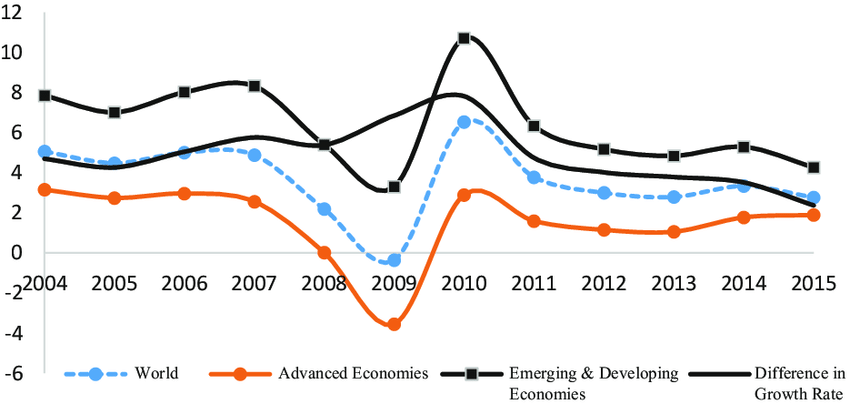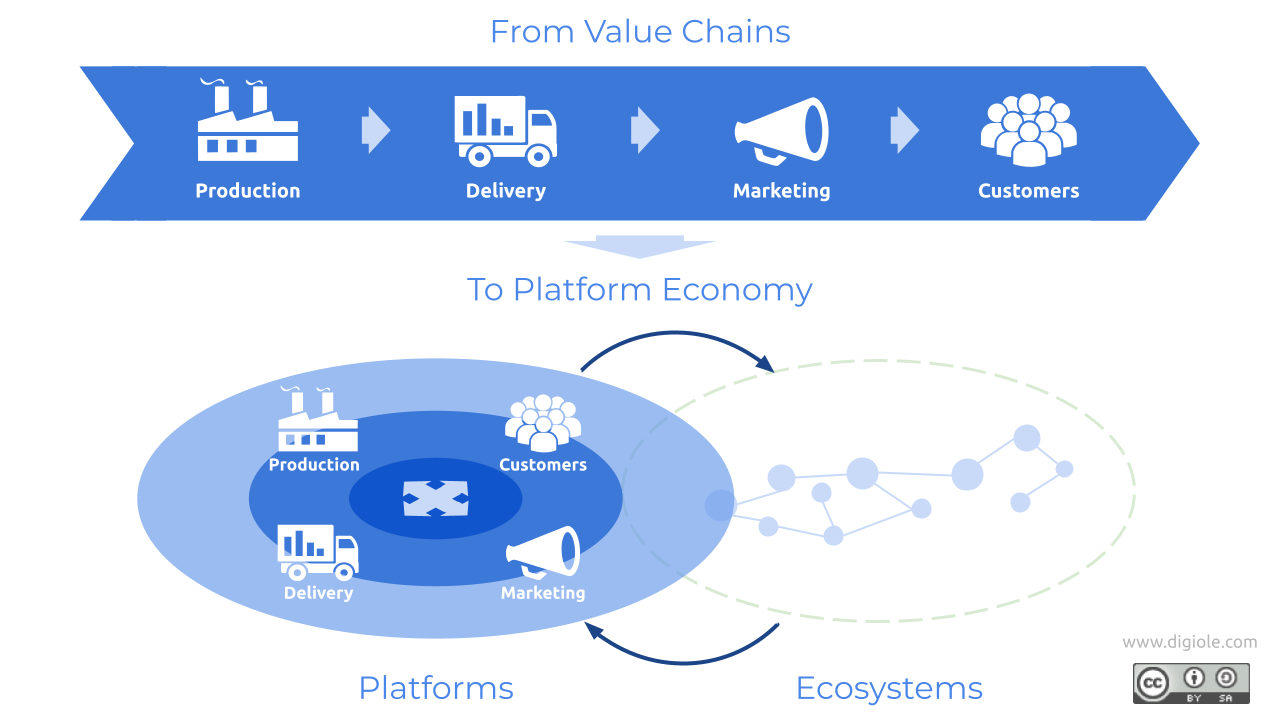Digital Transformation Challenges: Navigating the Future with Confidence
The road to updating your business for the digital age is full of bumps and twists. Digital transformation challenges can make you feel like you’re facing a steep climb. But fear not! I’ve faced these steep paths head-on and know how to guide you through them. Think of the process as a game where you spot hurdles and leap over them. You’re not alone in this game; I’m here with you, every step of the way. From the tricky task of changing your old ways to fitting new tech into your work, we’ll tackle it together. Let’s roll up our sleeves and jump right into understanding this landscape, setting solid strategies, handling tech troubles, and keeping the digital fire burning for long-term wins. Ready to turn these obstacles into stepping stones? Let’s start!
Understanding the Digital Transformation Landscape
Navigating Digital Transformation Obstacles
Digital changes are tough. Mixing new tech with old ways is a key challenge. It’s like trying to fit square pegs in round holes. We need smart plans and firm steps to win. A huge part is dodging digital transformation obstacles. We see these hurdles every day – from updating old systems to keeping digital shifts on budget.
Cyber risks also add layers of trouble. As we bring in fresh tech, dangers can sneak in too. So, we guard our online doors tighter. First, we learn what could go wrong. Then, we make plans to keep our digital house safe.
Scaling IT systems is another task. We want room to grow without breaking the bank. Think of it like legos. We need the right pieces to build bigger and better.
Training staff for digital skills is a must. It’s not just about new tools. It’s teaching teams to use them well. It’s like learning to ride a bike. With the right help, anyone can pedal to success!
And let’s talk about old systems. Sometimes, they slow us down. We can get creative and mix old and new, or swap out what doesn’t work.
Keeping an eye on costs matters. Digital shifts cost money. But, smart choices now can save lots later. It’s like shopping smart. We look for the best tech that gives us more bang for our buck!
Lastly, we’ve got to measure how well we’re doing. Are we getting the good results we planned for? It’s a bit like tracking your diet. If you do it right, the scale starts to tip in your favor.
The Impact of Cultural Resistance in Digital Adaptation
Change is hard. And digital change? Even tougher. People often push back. It’s human to stick to what we know. That’s why we see cultural resistance in digital adaptation.
Some folks think new tech will make things harder. Or they fear missing out on what they like now. It’s like when your favorite sneakers wear out. The new pair just doesn’t feel the same at first.
Change management comes in here. It’s our map to guide the crew through uncharted waters. We talk, we listen, and we get everyone onboard. It’s teamwork, like rowing a boat together to reach the far bank.
And customer experience? That’s a big deal. While we change our ways, we keep their needs front and center. It’s like hosting a great party. You want everyone to have a great time, no matter what’s happening in the kitchen.
We rework business processes too. It’s not breaking what works but making good things work better. Think of it as a tune-up for your car.
Having agility in our digital strategy helps. We stay ready to twist and turn as needed. Picture a soccer player dodging and weaving for the goal. That’s us, scoring big in digital strides.
In all this, fostering a digital culture is key. We invite ideas and cheer each win. It’s about building a space where digital thrives. Imagine a garden. You plant, you water, and soon, you’ve got a blooming wonderland.
Every step, from picking new tools to teaming up across departments, is planned. Our aim? To weave digital threads into our work’s fabric. With clear goals and ready minds, we leap over tech barriers. We’re making a future we can all look forward to.
Strategic Planning and Risk Management
Aligning Digital Goals with Business Objectives
First, let’s tackle setting goals that fit your business plans. How do we do it? We match what your business needs with what tech can do. Doing this keeps you on track. You focus on tech that helps, not just tech that’s trendy.
When it comes to digital change, you need a map. Know what success looks like and how to get there. Not all goals should be big. Start small. Build wins and learn. This way, we avoid wasting time and cash on what doesn’t work.
Now, let’s think about risks. New tech brings unknowns and what-ifs. It’s scary but normal. Fear not, we can manage it. Look ahead. Plan for problems. This makes you ready to fix them fast when they pop up.
Managing Digital Transformation Risks and Cybersecurity Concerns
Here’s the truth: digital change is risky. You’re doing new things in new ways. But, you can’t avoid risks. You must face and fix them. Cybersecurity is top on the list. Hackers love new doors to sneak through.
Make sure you’re safe. Check your digital locks and alarms. Train your team to fight off cyber threats. Keep your secrets safe from prying eyes.
Another risk? Overlooking old systems. They can slow you down or stop you cold. Bring them with you or trade them out. Keeping them should not cost more than it’s worth.
Plan for risks. Have a backup plan. Move smart. Most of all, be tough and ready to tackle what comes. If you do it right, your business grows stronger with every step into the digital future.
Implementation and Integration Hurdles
Overcoming Technology Integration Issues
When new tech rolls in, so do big hurdles. Meshing new tools with old ones can get sticky. You want your system to sing, not screech. But fear not! With grit and the right moves, even the toughest tech knots can untangle.
First, find those tech integration issues. Ask, “Where does it pinch?” Maybe data won’t share nicely, or systems won’t shake hands. Spot it, you can solve it. Now, dive in with a plan. Make sure your team knows the game plan. Big tech plays need a team effort.
Clear about what’s coming, arm your crew with training. Teach them well, and watch them turn new tech into triumphs. Check in often, squash bugs fast, and keep everyone in gear. Before you know it, you’re sailing smooth with your new digital mate.
Addressing Legacy System Constraints and Scalability
Think of old systems like stubborn old trees. They’ve been there forever, roots deep. They don’t like change. You want to grow, to soar, but those old systems can hold you back.
Here’s the trick: face those legacies head-on. Can you build on them, or is it time to start fresh? Be honest about what they can handle. Push too hard and they might break, but treat them right and they might surprise you.
Your aim is to scale up, to flex and grow with ease. For that, you need space – tech space. And the right tools to climb. Picking tools that grow with you, that’s key. And don’t just stack them up; weave them into your business fabric, tight.
Remember, no rush here. You lay one brick at a time. It’s not just about the big leap, but how you step there. Each step, think big. Press forward, test, and tweak. And when you hit a wall, don’t just push – think around it.
To scale new heights, to win in this digital race, you need a solid base. And a team ready to build, come what may. Keep your eyes on tomorrow, but your hands firm on today’s tools. That way, when growth calls, you’re set to answer.
As we dig into these challenges, we see a path. It’s no cakewalk, sure. But the prize? Worth every sweat. With smarts and heart, even the steepest digital peaks can be yours. One step, one brick, and one victory at a time.
Ensuring Long-term Digital Success
Fostering a Digital Culture and Training Employees
Turning a company digital takes more than just new tools. It’s about people too. To win at this, we must create a digital culture. We show everyone how digital helps them work better, not harder. It’s like teaching kids to share. Sharing knowledge makes the team strong.
We need to train staff in digital skills. This means workshops, hands-on sessions, and online courses. Everyone must feel sure and ready to use digital tools. We can’t skip training. Without it, even the best tech won’t help us much.
Key to this is clear talk. If we explain why and how a change helps, staff will get on board. They must see the value in their work. We need patience and must listen to their worries. We need to address these head-on. When staff help make choices, they’ll likely support the digital shift.
Measuring ROI and Maintaining Digital Transformation Momentum
Measuring the payoff from going digital can be tough. Yet, it’s super important. We ask, “Is the investment worth it?” We look at time saved, sales growth, and customer happiness. We can’t just spend on tech and hope for the best. We must track every dollar and its impact.
Keeping up momentum is another must. Once we start going digital, we can’t stop. It’s like riding a bike. You keep pedaling to move forward. If we slow down, we can fall. To keep the pace, we set small goals that lead to big wins. Celebrate each victory to motivate everyone.
We also must stay up-to-date. The digital world moves fast. We must keep learning and adapting. We check out the latest tech and see if it fits our plans. We look at our strategy often. Ask, “Does it still work?”. If not, we shift quickly.
Digital change is a journey, not a sprint. It means looking ahead and adjusting as we go. We commit to a plan and stick together as a team. With each step, we learn and improve. This is how we make digital work for us – now and in the future.
In this post, we explored the digital change all businesses face. We learned how to deal with roadblocks, stand up to tech push-backs, and why some folks might resist new digital steps. We also covered how to make sure our digital goals match our business aims and how to stay safe online. We tackled tech problems, updating old systems, and how to grow our tech over time.
Lastly, we looked at how to keep going strong, train our teams in the digital world, and see if our tech choices are paying off. It’s clear that to win in the digital game, we must plan, manage risks, and help our people adapt. Keep pushing and stay smart about your digital journey. We can all reach our tech goals with the right moves.
Q&A :
What are the top challenges companies face during digital transformation?
The journey towards digital transformation is often fraught with unique challenges that companies must navigate. One major difficulty lies in the integration of new digital tools with legacy systems, which can be complex and resource-intensive. There’s also the challenge of data security and privacy, as digital systems frequently handle sensitive information. Another significant hurdle is the resistance to change among employees, who may be unprepared or unwilling to adapt to new technologies and workflows. Additionally, aligning digital transformation with the existing company culture and ensuring adequate training and support can be challenging. Finally, measuring the return on investment for digital initiatives, which often require significant upfront costs, can be complex and may deter organizations from committing fully to the transformation process.
How does digital transformation impact organizational culture?
Digital transformation can profoundly impact an organization’s culture, calling for a shift in mindset and behavior from leadership and employees alike. It often emphasizes agility, innovation, openness, and a learning culture to continually adapt to changing technologies and market conditions. This cultural change can be met with resistance as it challenges traditional workflows, communication methods, and decision-making processes. For a successful transformation, leaders must foster a culture of continuous learning, provide support and training, and encourage collaboration and experimentation. Furthermore, there needs to be an overall willingness within the organization to embrace the changes that come with digitalization and to view technology as an enabler of business growth and efficiency.
What strategies can help overcome digital transformation challenges?
Overcoming challenges in digital transformation requires strategic planning and a holistic approach. It’s essential to start with a clear vision and well-defined goals, aligning them with business objectives to ensure that the transformation delivers value. Engaging stakeholders and employees early on, with transparent communication about the changes and benefits, can help in mitigating resistance to change.
Empowering a dedicated transformation team with strong leadership support is also crucial. Moreover, organizations should focus on upskilling and reskilling employees to bridge the digital skills gap and invest in scalable and interoperable technology solutions to streamline integration. Finally, an iterative approach, with small, manageable changes and continuous evaluation, can help to sustain momentum and adapt strategies as needed.
What role does leadership play in addressing digital transformation challenges?
Leadership plays a pivotal role in digital transformation by setting the tone and direction for the entire process. Strong leadership is required to champion the transformation, communicate its importance, and guide the organization through the inevitable challenges. Leaders must be visionary, change agents, and decision-makers who can balance short-term and long-term goals.
They should promote a culture of innovation and ensure that their teams have the resources, training, and support necessary to succeed. Furthermore, by modeling an adaptive mindset and demonstrating commitment to digital initiatives, leaders can inspire their organizations to embrace the transformation and work through the complexities it entails. They also need to make strategic decisions about investments in technology and human capital to successfully navigate the digital landscape.
Can digital transformation challenges be turned into opportunities?
Absolutely, the hurdles encountered during digital transformation can be converted into opportunities for growth and improvement. For instance, addressing the skills gap can lead to a more empowered and tech-savvy workforce. Tackling integration issues may encourage companies to streamline and modernize their operations, leading to increased efficiency and competitiveness.
Overcoming resistance to change can result in a more dynamic and flexible organizational culture that can quickly respond to market shifts. Also, focusing on cybersecurity in light of new digital risks can offer a chance to build customer trust through robust data protection measures. Consequently, addressing these challenges head-on not only mitigates risks but can also create added value for the business in the long-term digital landscape.


